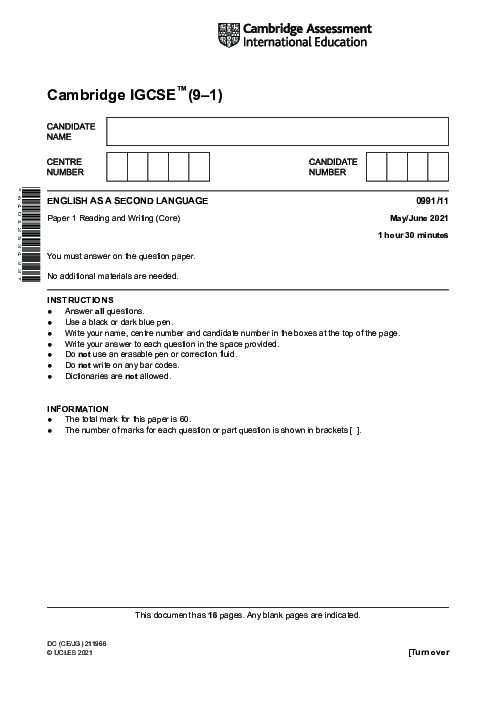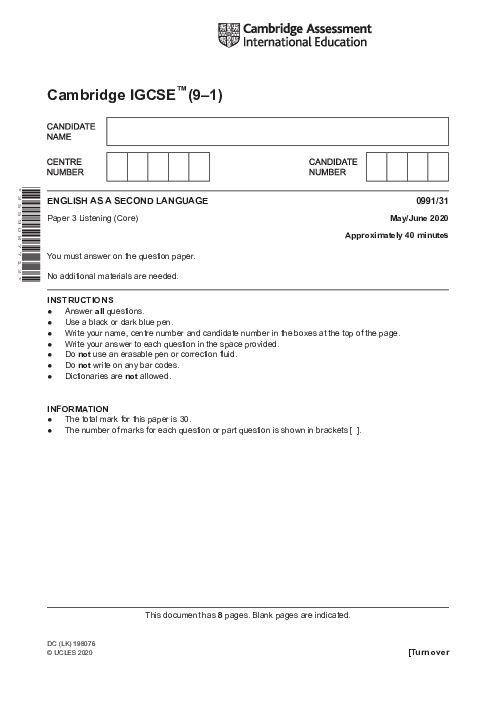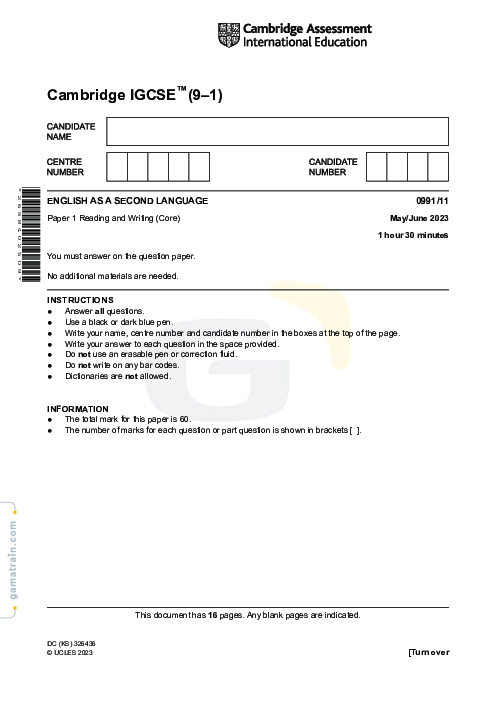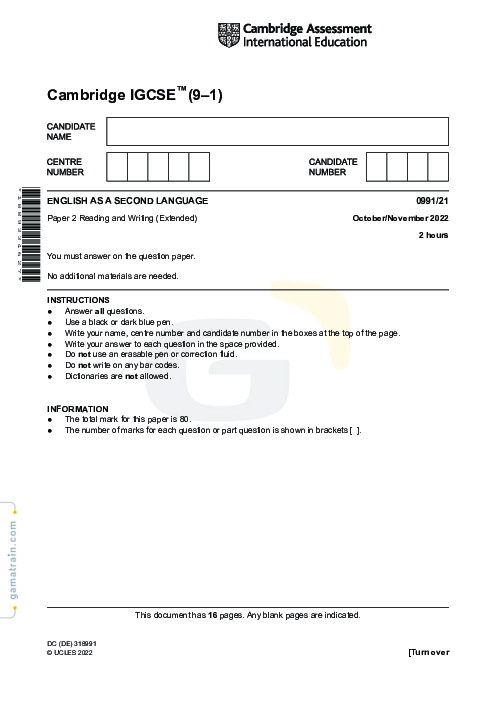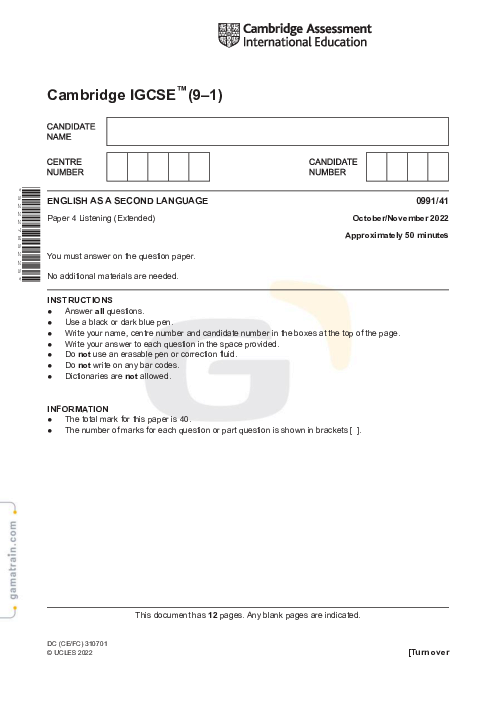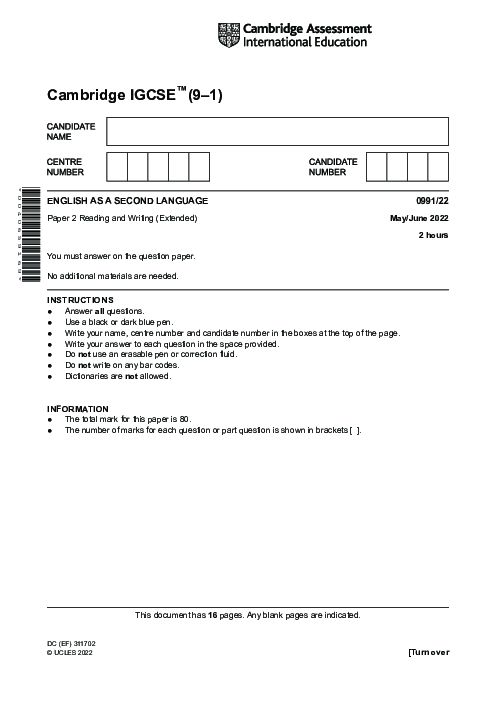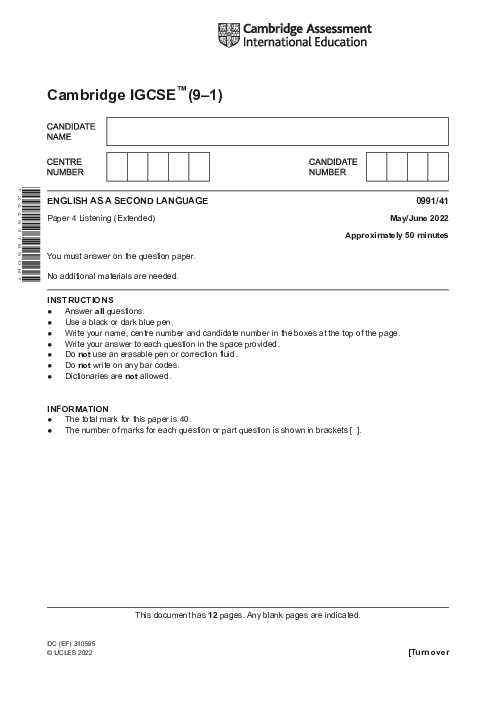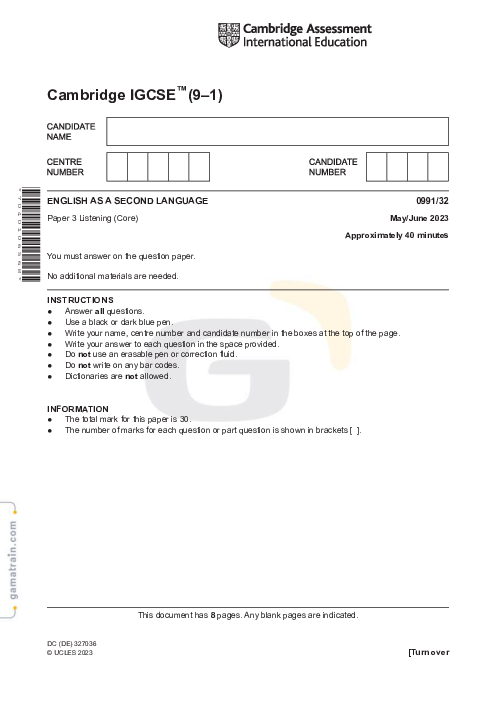This question explores the influence of regional dialects on spoken English and how they contribute to individual and group identity. It evaluates the student's understanding of the social and communicative aspects associated with regional linguistic variations.
Examine the impact of regional dialects on spoken English, considering their role in identity and communication.
پاسخ ها: {{ repliesNum }}
پاسخ انتخاب شده
در پاسخ به: {{ reply.reply_to.name }}
در پاسخ به
این پیام حذف شده است.


